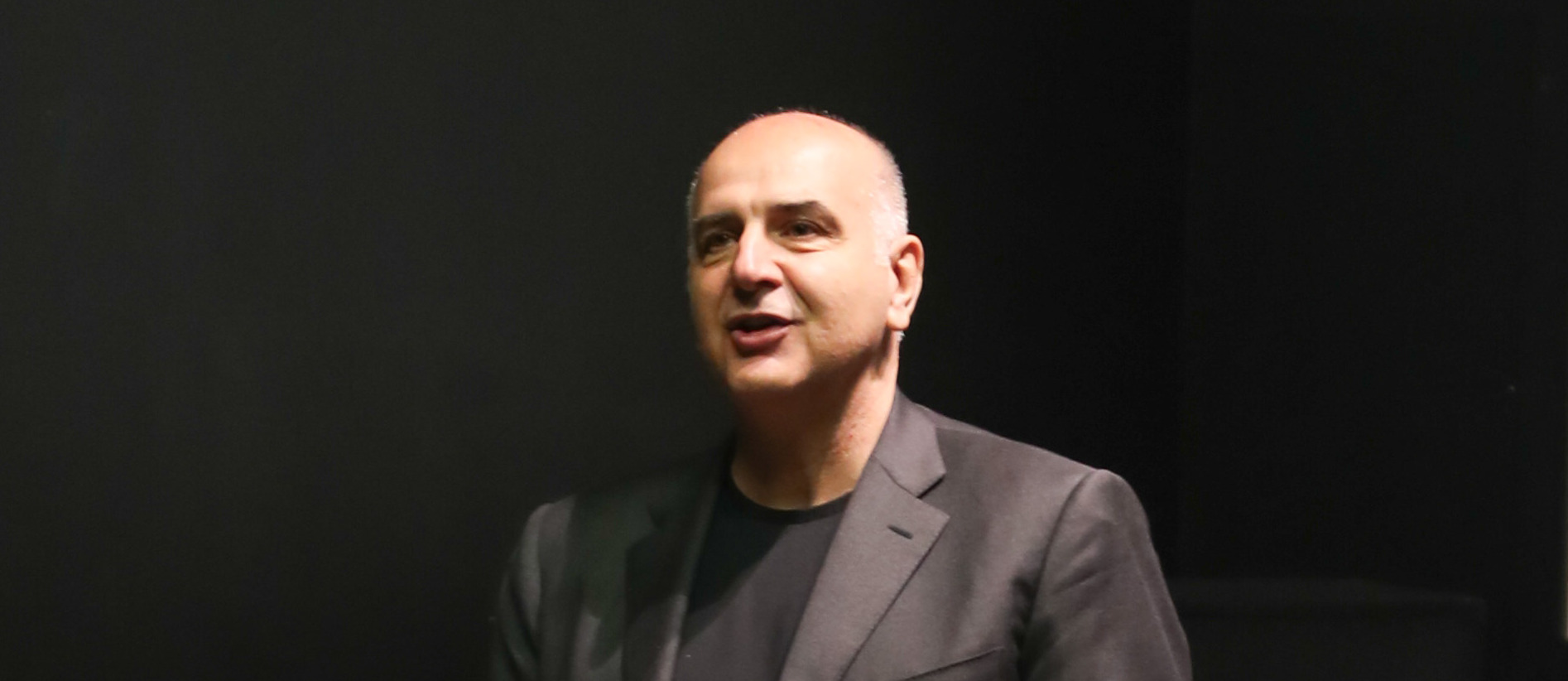Michela Campanelli: Good morning Marco, IMESA has recently introduced a corporate welfare platform, could you explain the reasons why you have made this choice?
Marco Achilli: Thank you for the question, the answer is quite simple. With Schiavoni’s family we want to share a part of the company’s result with those who contribute every day to the success of the company, especially in a historical moment of difficulty for the purchasing power of families. And we identified a tool that could reduce the impact of labor costs compared to the amounts disbursed with a platform that is easy to access and to use for the entire company population.
Michela Campanelli: How is the welfare offer organized in IMESA?
We have two levels of welfare: fixed welfare which is provided periodically to each employee through the Up Day card and variable welfare linked to the achievement of company results. Fixed Welfare was introduced in October 2023 with the aim of providing a net value to employees right away, since the part linked to annual results has a longer disbursement time.
Michela Campanelli: You mentioned the Up Day platform for fixed welfare, how does it work exactly?
We have given each employee an electronic card that we load every three months with an amount that can be spent in the form of meal vouchers for the lunch break or for the purchase of food products in various commercial shops, such as bar, restaurants and supermarkets. Payment can also be made online through the dedicated App, facilitating its use. We believe that this initiative is the ideal solution because it provides concrete and tax-free support to families.
Michela Campanelli: Can you explain what is the result based welfare and how it has been implemented in IMESA?
Marco Achilli: It is a pleasure to be able to explain what we have done. Result based welfare is a system of incentives that links a part of the additional remuneration of employees to the results obtained by the company. At IMESA, we decided to implement this system to reward our employees based on the achievement of specific and measurable goals. This approach not only motivates our employees, but also fosters greater alignment between individual and corporate interests.
Michela Campanelli: What were the main goals you set for employees?
Marco Achilli: In the meanwhile, we tried to do it in a collaborative way, we involved 70% of the company population, divided into 11 working groups to identify which goals to choose and the weight to be attributed to each of them. We started from a set of 4 objectives (2 corporate and 2 departmental), however we realized along the way that the current legislation does not allow us to attribute departmental objectives and provide tax-free values, we hope that this can change in the future. We have therefore chosen 2 business goals: Turnover and EBITDA.
Michela Campanelli: You talked about business goals and results, can you explain how the goals were defined and whether they are achievable?
The objectives are defined and put in the Budget in October of each year, and are the result of collective evaluations that must involve an ever increasing number of collaborators. We are committed to defining goals that are achievable despite requiring business growth. For this reason, we have not opted for a single on-off threshold, we have, instead, defined three thresholds:
- 50% Access threshold of nominal value
- 100% Budget threshold of nominal value
- 130% Extra Threshold of Nominal Value
The intent is to pay a bonus even in the event of partial achievement of the target and to pay a 30% higher figure in the event of a very positive trend.
Michela Campanelli: How did employees react to the introduction of the result-based welfare?
Marco Achilli: There is still some skepticism, as is natural in any radical change, but I am sure that over time employees will appreciate the benefits of the system. The transparency of the objectives and the clarity of the measurement criteria are a big plus. We are convinced that the benefit will be fully appreciated next year, when we reach the budget targets and upload the bonus achieved onto the welfare platform, it is also for this reason that we started already in October with the fixed welfare that can be spent during the year.
Michela Campanelli: What benefits will the result-based welfare bring to IMESA?
Marco Achilli: The benefits will be significant. We expect an increase in productivity, a reduction in operating costs and an overall improvement in the business climate. In addition, the system will encourage greater collaboration and sharing of best practices between the different teams. In summary, result-based welfare will contribute significantly to making IMESA a more dynamic and results-oriented work environment.
Michela Campanelli: Did you encounter any difficulties in implementing this system?
Marco Achilli: As with any change initiative, there have been challenges. One of the main difficulties was to work within the legislative boundaries while seeking a compromise with respect to what we wanted to do. Unfortunately, we had to go back on some decisions we had made together with the employees, to avoid the risk of tax recoveries. Furthermore, it is essential to constantly monitor the results compared to the objectives, to make any correction along the way.
Michela Campanelli: What are the next steps for the result-based welfare at IMESA?
Marco Achilli: Measure the results quarterly and communicate them to the entire company population. We will continue to improve and refine the system by involving people. The goal is to create an environment in which every employee can grow and thrive, while contributing to the success of IMESA.
